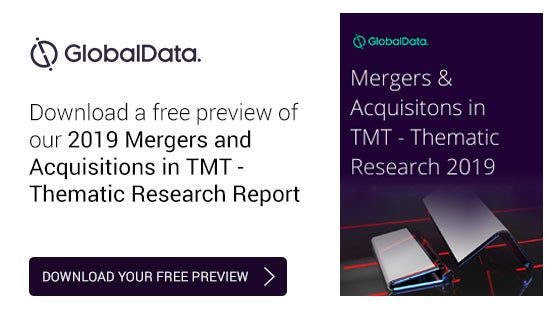Boeing 737 Next Generation Interior Placard Kit (Series 600-900)
This basic English kit shows what is supplied in Aviation Graphix's generic interior kits product range.
All kits and individual placards are available in multiple language formats and the company has extensive electronic catalogues of multiple language kits and placards for customers upon request.
An example of dual language kits available in this series includes French, German, Chinese, Indonesian, Arabic, Russian, Spanish, Portuguese, Polish and Ukrainian, plus many more upon request.
Aviation Graphix can create tailor made kits to meet specific modification requirements and can produce drawings of each placard to meet the highest quality standards.
All of the company's interior placards are made with the highest graded materials on the market with Lexan FR65, and are supplied with Burns Certificates and C of C.
Aviation Graphix has a vast library of information of all commercial airline markers and placards.
Download to find out more.










